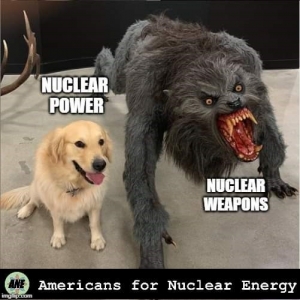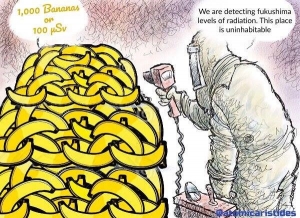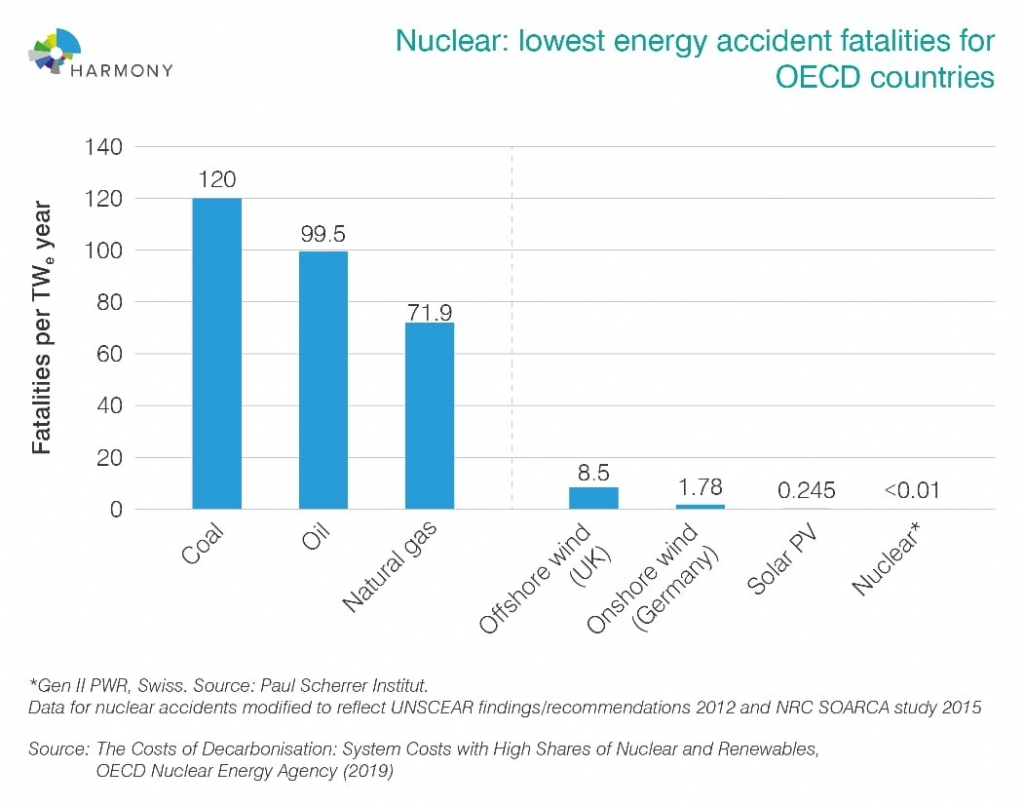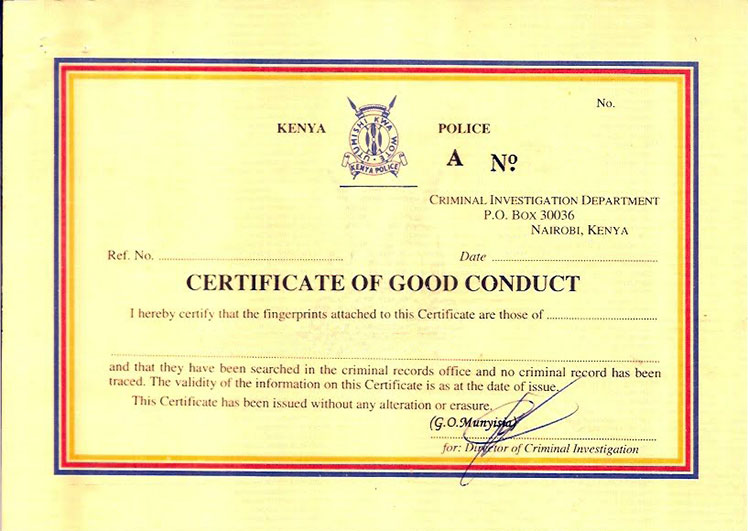On that fateful morning, during the test code-named "Trinity" man had first peeled backed the veil of nature by detonating the first Atomic bomb in the New Mexico desert. He had then caught a glimpse of the power inherent in the atom as it outshone the rising sun, and cowered in fear and terror as a radioactive mushroom unfolded over him.
Crouching in his nuclear bunker, the Physicist J Robert Oppenheimer had waited for the roar of nature to die down before whispering to his equally bewildered colleagues a quote from the Hindu Bhagavad Gita-"And now I have become death; the destroyer of worlds."
A man named Kenneth Bainbridge had looked from the mushroom cloud towering over the desert to his terrified colleagues hugging their knees around him, pointed at them and responded-
"Nope. And now we are all sons of bit**es."
Less than a month later, the United States went on to drop two atomic bombs, named "Little boy" and "Fat Man" on Hiroshima and Nagasaki respectively. The post war recovery of Japan that spanned several decades later and transformed Japan from a war ravaged wasteland to the industrial giant it currently is would then happen as a direct result of access to cheap, safe and practically renewable energy that Nuclear power is.
A country, the only country, to have experienced what being bombed using nukes to embrace nuclear power? A bit of a paradox, don't you think?
Hollywood and Western media as a whole conjuring up doomsday scenarios to explain nuclear power is not a recent or surprising phenomenon.
In the 1979 movie "China Syndrome" in which a nuclear melt down sends a reactor pressure vessel from the US melting through the center of the earth and appearing in China, the real tragedy is "a nuclear accident making inhabitable an area the size of Pennsylvania." The fear being invoked is clearly one of nukes. But are nuclear weapons and nuclear power plants, or the effects of their detonation and accidents respectively the same?
Hardly. While nuclear power plant safety systems work to contain radiation in the event of a meltdown, fatalities from nuclear weapons are from the kinetic and thermal effects of the blast and less from radiation.
If nuclear weapons and nuclear power plants "are the same thing," then using the same logic, fertilizers and explosives are the same thing. Your "cucu" should thus stop using fertilizer because it might explode.
The most egregious creative liberties taken by a TV show might be in the hit TV series "Chernobyl" where radiation is depicted as a communicable disease akin to measles or anthrax. Perhaps the most blatant display of "creativity" was the story arc of the first responder officer whose pregnant wife would later have her child die as a result of Acute Radiation Exposure (ARS).
The nurse who handled the officer's clothes is shown to have a red palm merely after touching the responder's clothes. The death of the child in the show also made no scientific sense. First of all victims of ARS are not quarantined because radiation is contagious and can be spread in the way that was depicted in the show. Radiation might compromise ones immune system so it is important that victims of ARS are kept in a clean room far from pathogens. According to the show however, merely being in the same room as an ARS victim is enough to not only become a victim yourself, but also to doom one's own unborn child. Talk about science fiction.
This irrational fear has a human cost by the way. Fearing that they would give birth to deformed kids with extra heads and appendages, pregnant women in the regions of Europe where the radioactive cloud from Chernobyl had spread chose to abort them. An estimated 100,000 to 200,000 pregnancies were ended in Europe all as a result of irrational panic.
Contrary to how it is depicted in "Chernobyl, radiation is not a "source of three trillion bullets," one that "won't stop firing for 50,000 years." If that were the case, then the ground we stand on is the largest source of "bullets." Bananas are also sources of bullets because they possess the radionuclide Potasium-40.

A single X-ray scan exposes one to more "bullets" than the people shown standing in that "Bridge of Death" in "Chernobyl." A flight from Nairobi to Dubai exposes someone to 3 times more "bullets" than someone who lived 4 miles from unit 4 in Chernobyl before it went boom.
The United Nations Scientific Committee on the Effects of Atomic Radiation (UNSCEAR) is a group of scientific experts mandated by the UN and World Health Organization to document the effects of radiation on our species. They have had 2 long term scientific studies. The first one that has run 70 years followed the survivors of the Atomic bombing of Japan.
It did not find any link between exposure to radiation and genetic effects in unborn babies. The second study compiled the fatalities from Chernobyl and found that in the 33 years since Chernobyl, fewer people have died than those who die from swallowing rubber bands annually!
In fact of the 120, (initially the number was 200, but it was revised down in UNSCEAR 2017), 30 of them were first responders and reactor operators who were killed in the initial blast. Who is more credible, a scientific committee drawn from all countries or a Hollywood producer?
The deliberate depiction that thousands/tens of thousands died or potential death as a result of Chernobyl is a figment of one person's robust imagination and cannot be used to decide a nation's energy policy. Watching "Chernobyl Diaries" on Netflix to inform one's position on energy policy is like using "The Lion King" to form an opinion on the conservation of animals. It makes no sense.
In terms of risk of cancer, number of fatalities per unit generated and in event of an accident, nuclear is the safest source of energy known to man. In terms of the toxicity, volume of waste and modes of disposal, nuclear is the cleanest source of energy known to man.
In terms of availability and cost of fuel, nuclear power is the cheapest most renewable source of electricity known to man. If you really care about our planet and clean energy, Nuclear is our best bet.
In terms of availability and capacity factor once built (capacity factor is how often does a source of energy produce its peak energy), nuclear power is the most reliable. TV shows like Chernobyl should thus be treated exactly as they were meant to, as sources of entertainment and not a source of scientific fact/reality.

And besides fearing anything with the word "nuclear" in it because of what is depicted in "Chernobyl" is like fearing getting on a cruise ship because of what you saw on the "Titanic."
*The views expressed here are that of the writer and do not purport to reflect the opinions or views of KenyaBuzz or it's affiliates.




